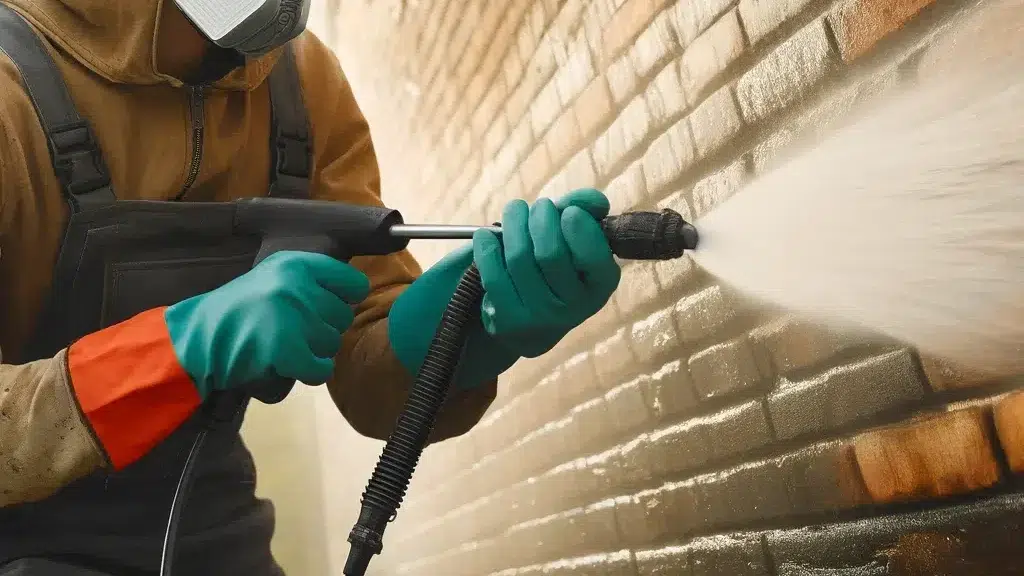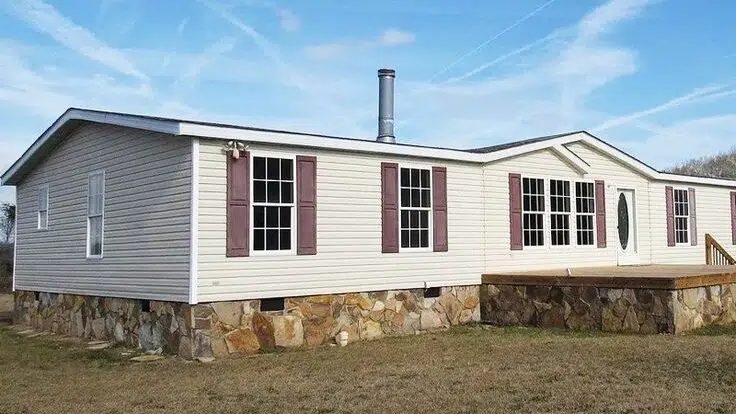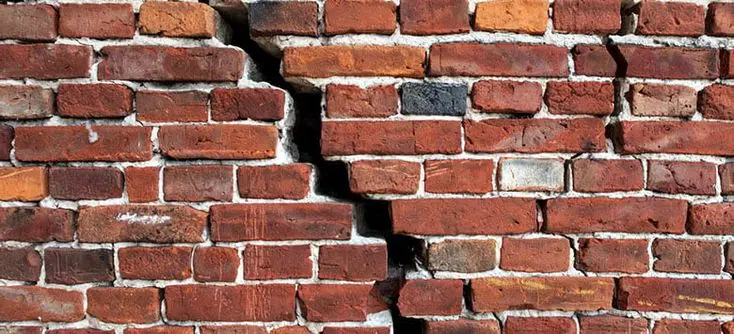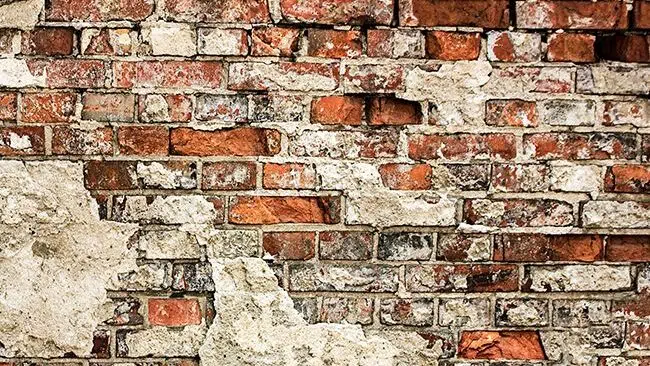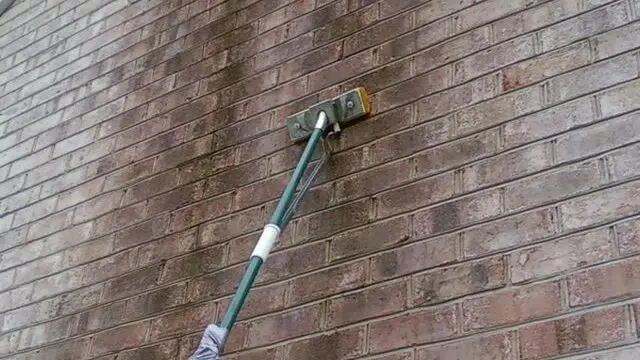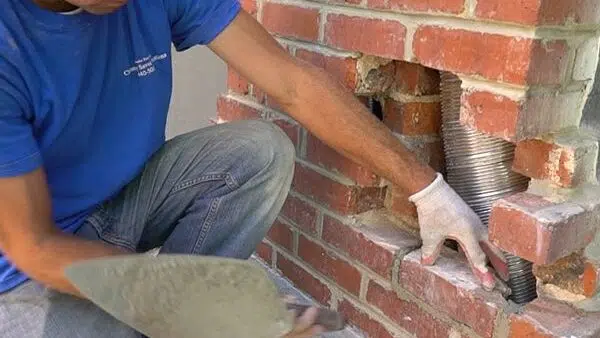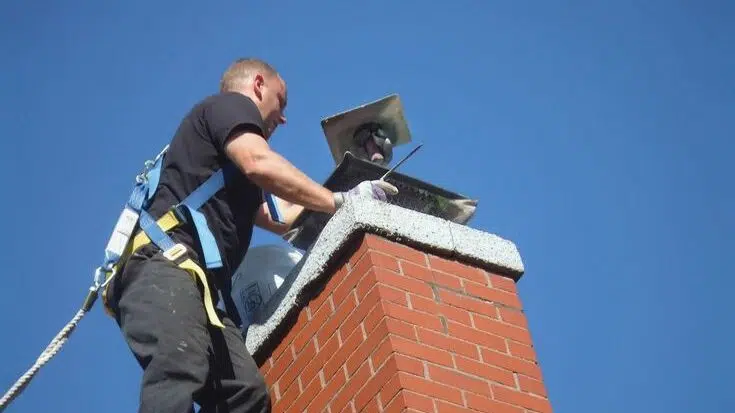Introduction
To begin your exploration in DIY vs Professional Chimney Repair and Rebuilding with the article title as your guide, it is essential that you understand what chimney repair entails. Understanding the importance of chimney repair enables you to choose the best course of action for your unique situation and budget. Join us as we explore the explanation of chimney repair and the importance of this crucial maintenance task.
Explanation of Chimney Repair
Repairing a chimney is key for keeping your fireplace safe and functional. It can be done by yourself or a professional, depending on the damage and your experience. An inspection can help spot potential issues before they become serious. Regular maintenance, such as cleaning and replacing parts, also helps extend the chimney’s life. There are various materials used for repair, like mortar, brick, and metal flashing.
It’s best to leave extensive projects to professionals experienced in structural repairs. This means taking the right safety measures and using high-quality materials. According to the NFPA, chimneys should be inspected annually to meet safety standards. Ignoring needed repairs can lead to house fires and carbon monoxide poisoning.
Homeowners must take care of their chimneys with proper maintenance and timely repairs. This ensures their home’s safety and saves money on future expenses. Neglecting chimney repair is a risky game – it’s like playing Russian roulette, but with your home’s safety instead of a gun.

Importance of Chimney Repair
Don’t let an unfortunate event befall you before taking preventative measures: ensure regular maintenance of your chimney! Proper repair and maintenance is essential for efficient functioning, fire prevention, and debris prevention. Neglecting your chimney may lead to costly repairs or even lethal consequences.
A faulty chimney can damage your house with smoke and cause fires with creosote buildup. Timely repair guarantees optimal safety and extends the life expectancy of your chimney.
Besides improved safety and a longer lifespan, maintaining your chimney brings other benefits. It reduces heating costs, improves air quality, ensures proper draft, and cuts energy expenses.
So, invest in routine inspection and cleaning to avoid major issues. With proper upkeep, you’ll save money and protect yourself and your loved ones against hazardous situations. DIY chimney repair isn’t worth it – bricks might be hard, but smoke inhalation is harder!
DIY Chimney Repair and Rebuilding
To repair and rebuild your own chimney, you may choose to go the DIY route. While this option can save you some money, it also requires a lot of work and expertise. In this section, we’ll explore the advantages and disadvantages of DIY chimney repair to help you make an informed decision before you proceed.
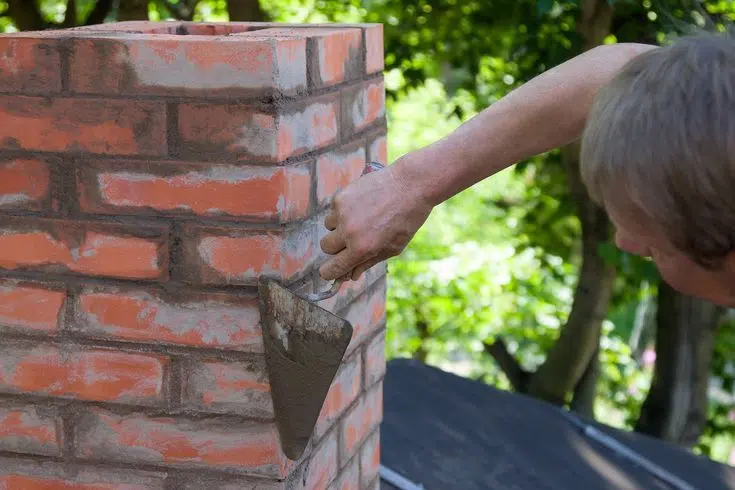
Advantages of DIY Chimney Repair
DIY Chimney Repair? Maybe not! Here’s why you should consider a professional: it’s more cost-effective. Plus, you have no control over the process and materials. And, you have no flexibility around your schedule.
But, if you must DIY then safety precautions must be taken seriously. Research and attention to detail are key. Unforeseen difficulties may arise, so use online forums or YouTube videos for tips and tricks from experienced DIYers.
John Smith is an example of successful DIY Chimney repair. He worked hard for months, fixing bricks and mortar. He dismantled only what he needed, taking photos of the interior construction. His roof was beautiful and the smokestack worked better.
However, when it comes to DIY Chimney Repair, it’s sometimes better to just call a professional and relax with a glass of wine.
Disadvantages of DIY Chimney Repair
DIY Chimney Repair: Risks Involved!
Thinking of repairing your chimney yourself? It might sound like a money-saving idea, but it involves some major challenges:
- Lack of Expertise
- Safety Risk
- Legal Requirements
- Costly Mistakes
Without the right knowledge and skill, DIY repair work can cause safety issues for you and your family. Plus, legal regulations must be met.
It’s key to remember that there are special details involved. Therefore, talking to a professional chimney technician is recommended before attempting repairs on your own.
Don’t risk it! Always get advice from a certified chimney technician who can give you the right solution.
In case DIY chimney repair goes wrong, you might need a pro to fix it. Don’t worry, even superheroes need a helping hand sometimes.
Professional Chimney Repair and Rebuilding
To ensure professional and long-lasting results for your chimney repair and rebuilding, it is recommended to go for a professional masonry service provider. Professional chimney repair offers many advantages over DIY solutions, but it does come with some potential downsides. In this section, you’ll explore the advantages of professional chimney repair and the potential drawbacks to help you make an informed decision about hiring a professional service provider for your chimney repair and rebuilding needs.
Advantages of Professional Chimney Repair
Professional Chimney Repair – Why Hire Experts?
Chimneys need maintenance and repair from experts. Homeowners who try to do it themselves, often cause more harm than good. Here are six advantages of hiring a professional chimney repair expert:
- Expertise: Professionals have years of experience with chimneys. They know how to spot problems that homeowners may not even see.
- Safety: Professionals understand potential hazards and the best ways to stay safe while repairing chimneys, such as using scaffolding and special equipment.
- Quality Materials: Experts use materials that can withstand weather conditions and make your chimneys last.
- Time-Saving: Professional workers complete work quickly because they have the right tools, techniques and experience.
- Innovative Solutions: A professional can come up with solutions that go beyond just repairing what is broken; they offer lasting fixes.
- Certification/Insurance/Licensing: Reputable companies employ certified technicians with licenses and insurance coverage.
Hiring a professional chimney repair company is the best way to minimize safety risks and get it maintained or repaired properly. It may seem like an extra expense compared to DIY methods, but it saves money in the long run.
Chimney repair requires specific skills and knowledge which can only be provided by a professional. Beware of unlicensed ‘experts’ who may deliver shoddy workmanship.
Many homeowners have experienced severe accidents due to amateur chimney repair. It is essential to hire a professional technician to ensure the safety of the family.
Unfortunately, this also means you can no longer use it as an excuse for not inviting your in-laws over.
Disadvantages of Professional Chimney Repair
Professional Chimney Repair: Few Drawbacks to Consider.
Getting professional chimney repair can be a must for keeping your home’s heating system safe and sound. But it has downsides too! Here’s what you should keep in mind:
- Cost – pro repairs ain’t cheap.
- Timing – it could take longer than expected.
- Inconvenience – workers and equipment at your home can cause disruptions.
- Accessibility – hard-to-reach chimneys need extra time and resources.
- Safety risks – working at heights is risky, so extra precautions and planning are needed.
- Hiring pitfalls – unqualified or unreliable contractors can mess up repairs, cause further damage, and even start fires.
These drawbacks are important to remember when weighing whether to go pro or not. But they don’t outshine the value of expert maintenance for your family’s safety.
If you go for it, make sure to hire a reputable company with the right licenses, experience, and references.
Pro Tip: Consider DIY options like regular chimney cleaning. It will cost much less.
DIY chimney repair: putting your home and life in danger for a few bucks — totally worth it?
Factors to Consider Before Choosing Between DIY and Professional Chimney Repair
To make an informed decision between DIY and professional chimney repair, you need to take a few factors into account. Chimney damage severity, required tools and skills, and time and budget constraints are all critical considerations that can influence your decision. In the following sub-sections, we will explore each of these factors and their importance in determining which option is right for you.
Chimney Damage Severity
Severity of chimney damage is a big factor when choosing DIY or professional repairs. Damage can affect complexity of repairs and equipment/skills needed. A few cracks or gaps may be simple to fix, but serious damage, like structure issues or creosote buildup, needs a professional.
Think about severity when deciding DIY vs professional. Minor repairs can be done by skilled homeowners if safety precautions are taken, but complex jobs should be left to experts.
Be aware, some chimney damage can’t be seen from the outside. Internal cracks or blockages can cause major problems if not dealt with quickly. Have a professional use specialized equipment to do a thorough inspection.
Pro Tip: Before starting chimney repairs, check local regulations & building codes for restrictions or permits. Make sure your tool kit has more than a hammer and duct tape.
Required Tools and Skills
Tools and skills are essential for successful chimney repair. Here’s what you’ll need:
- A masonry hammer and chisel to remove broken bricks or cement.
- A trowel or putty knife to replace the removed parts with new ones.
- An angle grinder, wire brush or sandpaper to clean surfaces before patching.
- A measuring tape, leveling tool, and string lines for precise brick alignment.
- Knowledge of masonry techniques like pointing, repointing, corbelling etc.
- Training on safety regulations when dealing with chimneys.
In case of extensive damage, it is wise to call professionals. They have the right safety equipment and expertise in this field.
Chimneys can last for years with expert care. However, DIY repair can lead to disaster and regret.
Time and Budget Constraints
When considering chimney repair, you must factor in your time and money. Do you have enough to do it yourself? Do you possess the necessary skills? What equipment, materials, and tools will you need?
The scope of work is important too. Simple maintenance tasks like cleaning out creosote can be DIY, but extensive repairs like fixing structural damage needs a pro.
Be cautious of attempting repairs without the right qualifications. It may worsen existing issues or create new ones. And it could make your property insurance void if disaster strikes due to inadequate prevention.
Many homeowners think DIY is easy, but it can be dangerous without proper guidance. So, think carefully before you DIY or hire a pro. Don’t let a smoking disaster be your result!
Conclusion
To conclude, after discussing the pros and cons of DIY and professional chimney repair and rebuilding, you might still be wondering which option to choose. In this final section, let’s summarize the key points and provide you with some final thoughts on DIY vs. professional chimney repair and rebuilding.
Final Thoughts on DIY vs. Professional Chimney Repair and Rebuilding
Repairing and rebuilding a chimney needs expertise, professionalism, and proper tools. DIY repairs can be risky and pricey in the end. Professional chimney repairs ensure safety and peace. Homeowners must recognize the risks of self-repair versus a professional.
Regarding chimney repair, many things must be taken into account. An expert opinion ensures the issue is identified and dealt with, leading to better chimney functioning and durability. Professionals can also give advice on preventative care and potential problems.
Though some homeowners want to save costs with DIY repairs, hiring professionals is a smarter investment. Self-repairs can cause further damage or injury. Homeowners must prioritize safety first.
Pro Tip: Professionalism is key with hazardous projects. Hire skilled service providers with years of experience to ensure home safety.
Frequently Asked Questions
- What are the advantages of DIY chimney repair?
- DIY chimney repair can be cost-effective and can give you a sense of satisfaction and accomplishment. It also allows you to fix small issues on your own time without having to schedule a professional.
- What are the disadvantages of DIY chimney repair?
- DIY chimney repair can be dangerous if you do not have the proper tools and knowledge. It can also lead to further damage if the repairs are not done correctly.
- What are the advantages of hiring a professional for chimney repair?
- Professional masonry companies have the necessary equipment and expertise to properly diagnose and repair any chimney issues. They can also provide warranty or insurance coverage for their work.
- What are the disadvantages of hiring a professional for chimney repair?
- Hiring a professional can be more expensive than doing the repairs yourself. You also need to schedule the repair at a time that works for both you and the professional.
- When should I consider DIY chimney repair?
- You can consider DIY chimney repair for basic maintenance tasks such as cleaning or replacing small parts. However, if the issue is more serious, it’s best to leave it to the professionals.
- When should I hire a professional for chimney repair?
- If the issue is beyond your knowledge or capabilities, such as major structural damage, chimney rebuilding or relining, it is best to contact a professional masonry company.









